Here in California, a flourishing legal cannabis industry has for better and worse thoroughly mainstreamed what was once underground. But remember it was not always that way, even here—and there are plenty of parts of the country, not to mention the world, where getting caught with weed still spells trouble. In the heyday of counterculture that was the 1960’s, a casual consortium of intrepid culture publications resisted the oppressive squareness, regularly featuring the beauty and joy of cannabis in the magazines’ stories, art, and illustrated annotations. The new book Heads Together: Weed and the Underground Press Syndicate, 1965–73 (Edition Patrick Frey), which just so happens to drop on April 20, gathers and honors their prescient efforts on behalf of marijuana as emblematic of broader social justice issues.
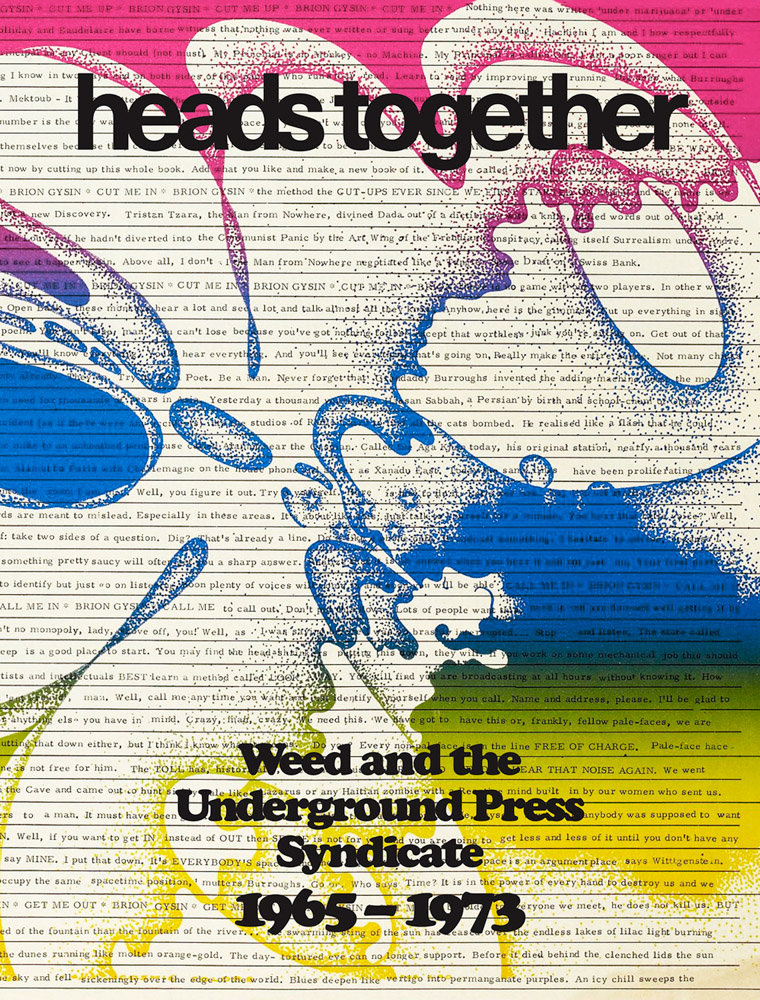
Heads Together: Weed and the Underground Press Syndicate: 1965-1973 (Edition Patrick Frey)
Edited and with text by David Jacob Kramer—founder of the rather legendary Family Bookstore (2007–2021)—the book is extremely comfortable in the alternative aesthetic space of indie artists’ books and zines, and its premise linking the general cultural realignments with a boomtime in independent publishing is well founded. Further texts by Rembert Browne and Melania Gazzotti, and oral histories by John Sinclair, Ishmael Reed, Marjorie Heins, Mariann Wizard-Vasquez, and Abe Peck evocatively contextualize the role this part of the zeitgeist played among the outlets that had formed The Underground Press Syndicate (UPS).
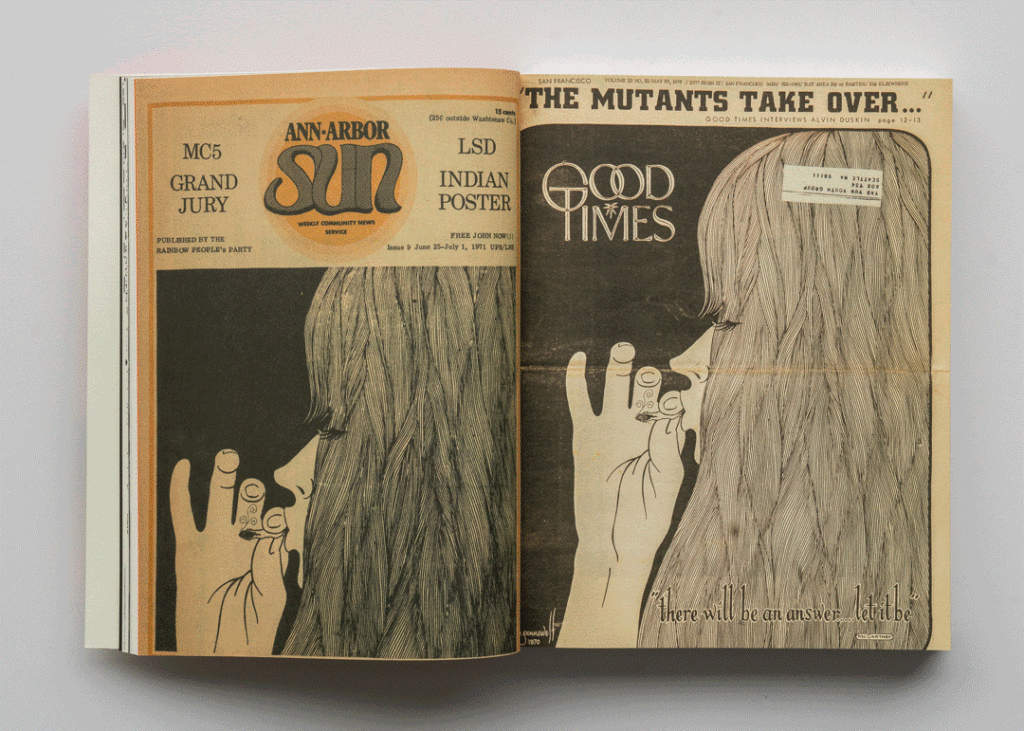
Heads Together: Weed and the Underground Press Syndicate: 1965-1973 (Edition Patrick Frey)
The UPS bloomed from an original circle of five papers in 1966 to over 500 across the world, including Kaleidoscope and the East Village Other. Their one-time director Tom Forcade went on to establish High Times. But it’s the wild, sometimes outright visionary, and frequently hilarious images by scores of artistic weed aficionados from the iconic to the anonymous that make this book a show. The contemporaneous social climate, and the ways in which it foreshadowed how future countercultural movements would leverage social media in the way they once relied on underground publications (action guides, political treatises, how-to instructions, art sales) is also salient. As is the echo of a civil rights movement spearheaded by Black and Latino populations who found themselves excluded from the eventual monetized fruits of their labors and criminalized beyond any proportion—a condition still in urgent need of redress in today’s post-legalization world of weed.
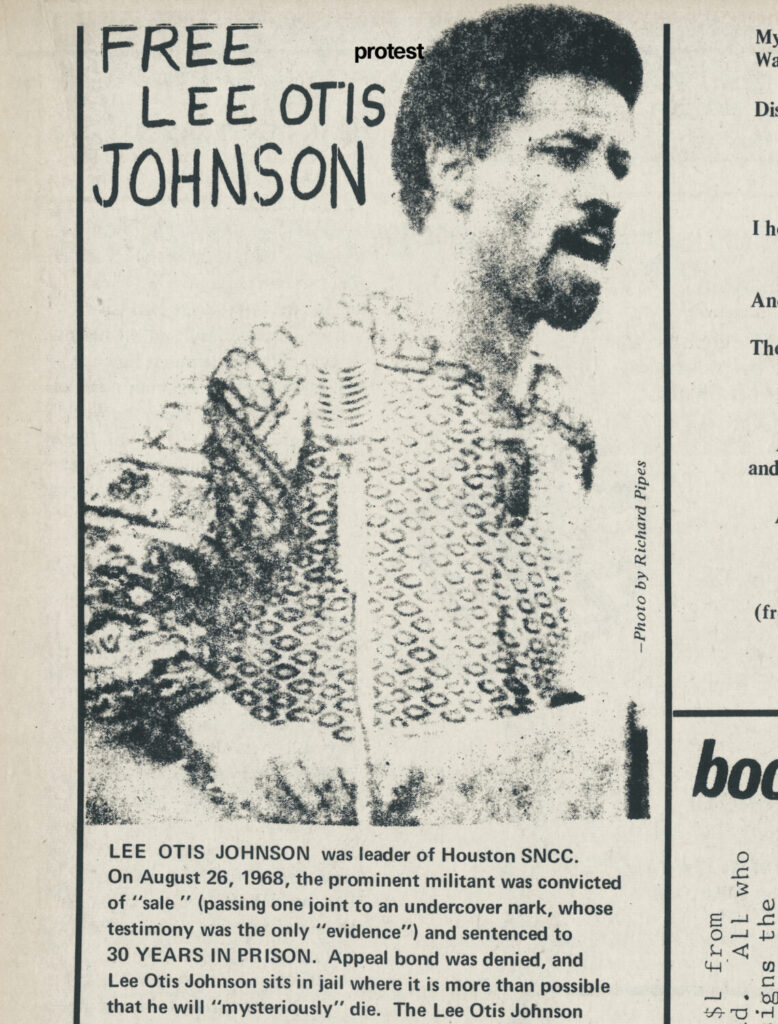
Heads Together: Weed and the Underground Press Syndicate: 1965-1973 (page 212) (Edition Patrick Frey)
The book does however powerfully demonstrate the effectiveness of art to express the outsider voice, garner and galvanize far-flung communities, and advance and bolster the work of social justice and cultural progress. Hear more about all of this as MOCA celebrates the release of the book on Thursday, April 20, with an evening of documentary clips from the Underground Press Syndicate introduced by Kramer. Also on display will be original grower’s guides from the era and a selection of UPS publications. Learn more at: artbook.com.
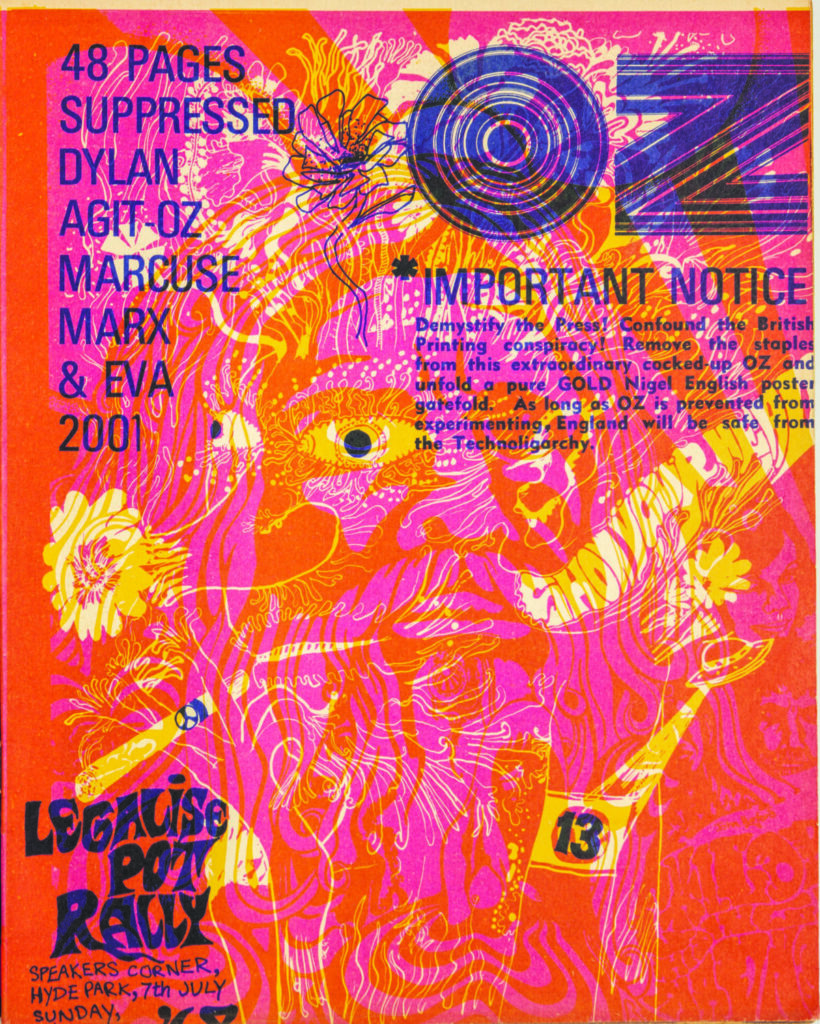
Heads Together: Weed and the Underground Press Syndicate: 1965-1973 (page 223) (Edition Patrick Frey)
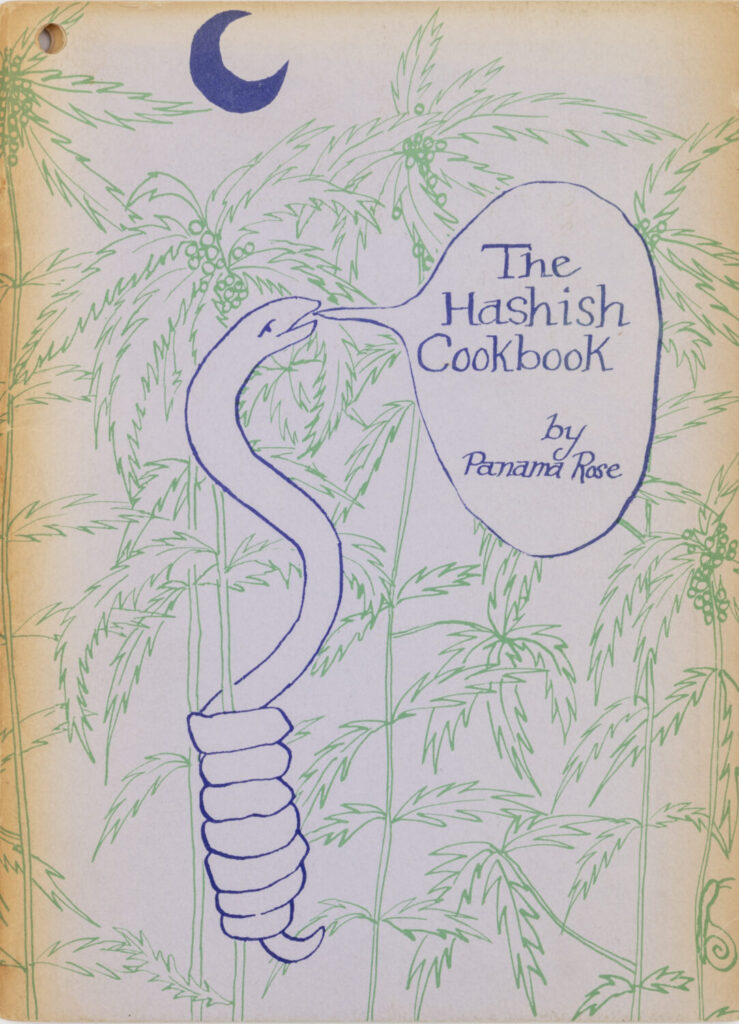
Heads Together: Weed and the Underground Press Syndicate: 1965-1973 (page 432) (Edition Patrick Frey)
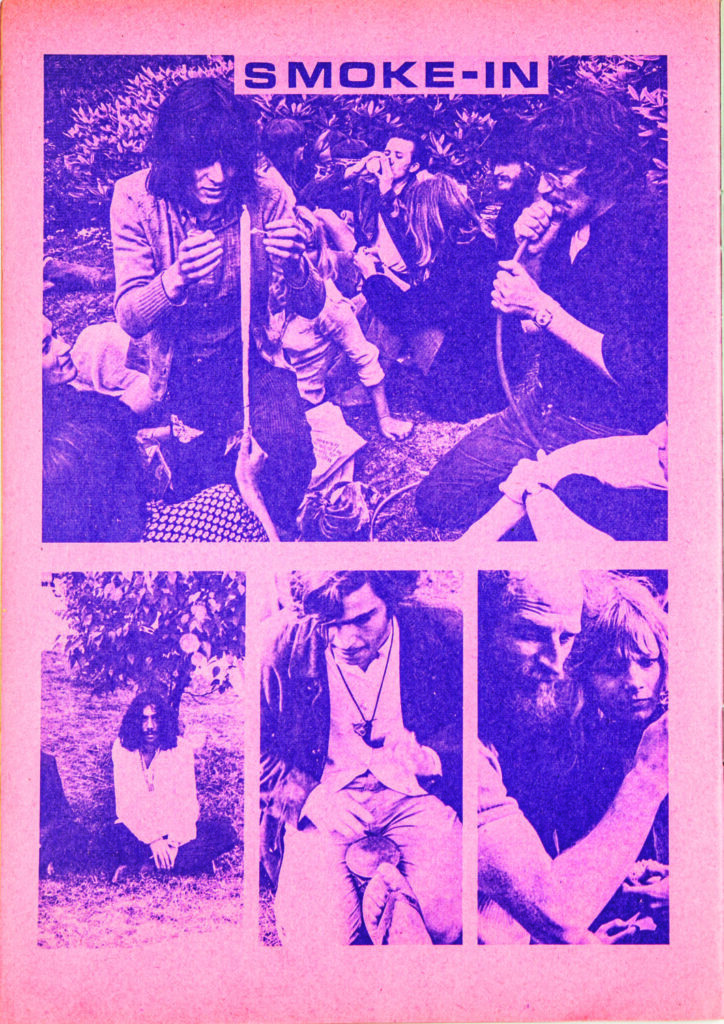
Heads Together: Weed and the Underground Press Syndicate: 1965-1973 (page 220) (Edition Patrick Frey)

Heads Together: Weed and the Underground Press Syndicate: 1965-1973 (Edition Patrick Frey)
Editor’s note: The disclaimer below refers to advertising posts and does not apply to this or any other editorial stories.
Advertising disclosure: We may receive compensation for some of the links in our stories. Thank you for supporting LA Weekly and our advertisers.

